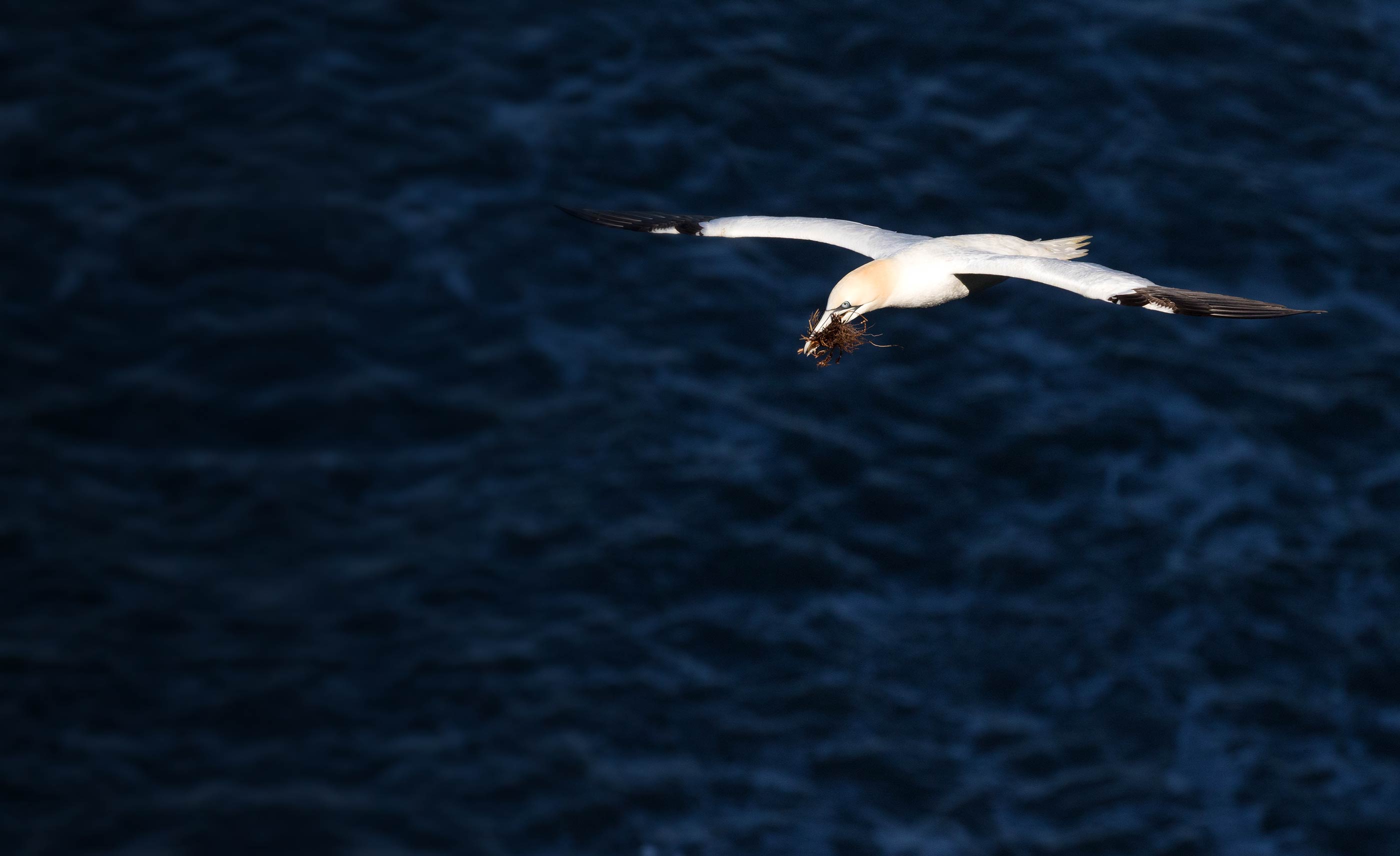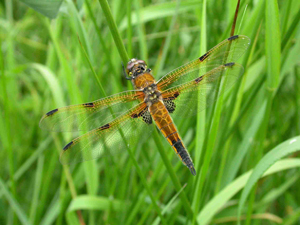Dragonflies and Damselflies
Dragonflies are the aerial acrobats of the insect world, and a number of different species visit garden ponds, with some using them for breeding. Dragonflies are skillful hunters with multifaceted eyes; the powerful wings of the larger species enable them to fly at speeds of up to 36 kilometres per hour.
Dragonfly or damselfly?
Dragonflies and damselflies belong to the insect order Odonata which means: ‘toothed jaws’ and are often collectively referred to as ‘Dragonflies’, but there are actually two subgroups. Damselflies are in the sub-order Zygoptera (meaning ‘paired-wings’). All four wings are near enough equal in size and shape. They are usually small, weakly flying insects that stay close to the water margins or water surface. When at rest, most species hold their wings along the length of their abdomen. The eyes are always separated, never touching. The true dragonflies are in the sub-order Anisoptera (meaning ‘unequal-winged’). Their hind wings are usually shorter and broader than the forewings. They are usually large, strong flying insects that can often be found flying well away from water. When at rest, they hold their wings out from the body, often at right angles to it. The eyes are very large and usually touch, at least at a point.
The dragonfly lifecycle
As much as 95% of the life cycle of a dragonfly is spent under water. The females lay eggs in or near water which usually hatch after a few weeks, whilst the eggs of some species lie dormant over winter. The hatched larvae feed on live prey including small fish which may be larger than themselves. As the larvae grow, they cast their skins up to 15 times. When the water warms up and the day length gets longer, the fully grown larvae climb up marginal vegetation or out onto a bank and cast their skin to emerge as an adult. The newly emerged dragonfly takes a while to pump fluid into the wings and abdomen. It can take several hours for the wings to harden before it can take its maiden flight, find a mate and start the cycle all over again.
Dragonflies under threat
Habitat destruction and the effects of climate change are threatening the survival of a third of Britain’s dragonfly species. Changes in agriculture mean there are fewer ponds which were used to water livestock. These ponds were good habitat for dragonflies, making the garden pond an extremely important place for the survival of some of our dragonfly species. Data collected by the British Dragonfly Society shows that 36% of the 39 dragonfly species are in decline.
The role of gardens
BTO Garden BirdWatchers are helping the British Dragonfly Society to find out more about the extent to which dragonflies use garden ponds. Through our weekly recording, we can build up a picture of which species use gardens, at what times of the year and in what numbers. If you record for Garden BirdWatch, then you can either enter your dragonfly records through GBW Online or by entering the records on the paper 'Other Wildlife Forms'. A list of the species we record (and their species codes) is shown here.







Share this page